
Centipede is a 1981 fixed shooter video game developed and published by Atari for arcades. Designed by Dona Bailey and Ed Logg, it was one of the most commercially successful games from the golden age of arcade video games and one of the first with a significant female player base. The primary objective is to shoot all the segments of a centipede that winds down the playing field. An arcade sequel, Millipede, followed in 1982.

A chiclet keyboard is a computer keyboard with keys that form an array of small, flat rectangular or lozenge-shaped rubber or plastic keys that look like erasers or "Chiclets", a brand of chewing gum manufactured in the shape of small squares with rounded corners. It is an evolution of the membrane keyboard, using the same principle of a single rubber sheet with individual electrical switches underneath each key, but with the addition of an additional upper layer which provides superior tactile feedback through a buckling mechanism. The term "chiclet keyboard" is sometimes incorrectly used to refer to island-style keyboards.

Miner 2049er is a 1982 platformer game developed and published by Big Five Software in December 1982. It is set in a mine, where the player controls the Mountie Bounty Bob. The player controls Bounty Bob through multiple levels of a mine, with the goal of traversing all of the platforms in each level all while avoiding enemies and within a set amount of time.
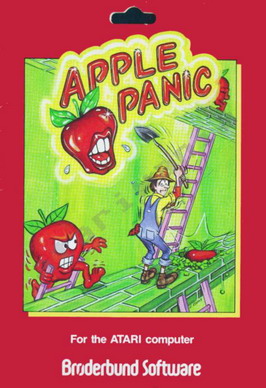
Apple Panic is a game for the Apple II programmed by Ben Serki and published by Broderbund Software in 1981. Apple Panic is an unauthorized version of the 1980 arcade game Space Panic, the first game with ladders and platforms. While the arcade original remained obscure, Apple Panic became a top seller for home computers. It was ported to the Atari 8-bit computers, VIC-20, IBM PC, and TRS-80.

Telengard is a 1982 role-playing dungeon crawler video game developed by Daniel Lawrence and published by Avalon Hill. The player explores a dungeon, fights monsters with magic, and avoids traps in real-time without any set mission other than surviving. Lawrence first wrote the game as DND, a 1976 version of Dungeons & Dragons for the DECsystem-10 mainframe computer. He continued to develop DND at Purdue University as a hobby, rewrote the game for the PET 2001 after 1978, and ported it to Apple II+, TRS-80, and Atari 8-bit computers before Avalon Hill found the game at a convention and licensed it for distribution. Its Commodore 64 release was the most popular. Reviewers noted Telengard's similarity to Dungeons and Dragons. RPG historian Shannon Appelcline noted the game as one of the first professionally produced computer role-playing games, and Gamasutra's Barton considered Telengard consequential in what he deemed "The Silver Age" of computer role-playing games preceding the golden age of the late 1980s. Some of the game's dungeon features, such as altars, fountains, teleportation cubes, and thrones, were adopted by later games such as Tunnels of Doom (1982).

Meteor Mission II is a clone of the Taito arcade game Lunar Rescue released by Big Five Software for the TRS-80 home computer in 1982. It was written by Big Five co-founders Bill Hogue and Jeff Konyu.
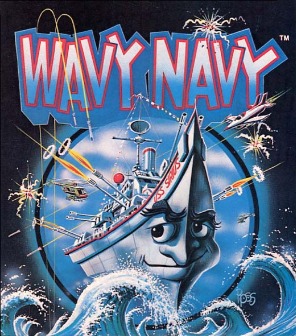
Wavy Navy is a video game designed by Rodney McAuley for the Apple II and published by Sirius Software in 1983. Versions for the Atari 8-bit computers and Commodore 64 were released the same year. Wavy Navy is a nautically themed fixed shooter with left and right controls to move the player's PT boat, but there is an additional vertical element as the boat moves up and down with the large ocean waves that scroll beneath it. The direction and speed of the waves vary per level. Some reviewers found that the movement of the waves added an interesting twist, while others called it too similar to other fixed shooters like Galaxian.
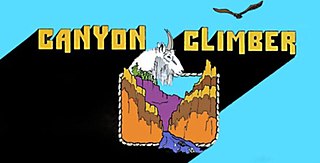
Canyon Climber is a video game designed by Steve Bjork and James Garon for the TRS-80 Color Computer and published by Tandy Corporation in 1982. Ports to other home computers were published by Datasoft. Canyon Climber is a three-screen platform game with an American Southwest theme. Two of the screens are direct analogs of those in Donkey Kong.

Galaxy Invasion is a clone of Namco's Galaxian arcade game written by Big Five Software founders Bill Hogue and Jeff Konyu for the TRS-80 16K and published in 1980. It is the first game from Big Five to include sound and music. Galaxy Invasion was followed by an enhanced version in 1982, Galaxy Invasion Plus, which includes voice.

Super Nova is clone of Atari, Inc.'s Asteroids arcade game published by Big Five Software for the TRS-80 in 1980. Co-author Bill Hogue called Super Nova "the game that started the company."
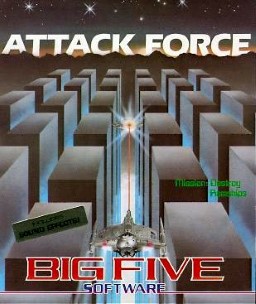
Attack Force is a 1980 video game developed by Big Five Software for the TRS-80 16K. It was written by Big Five co-founders Bill Hogue and Jeff Konyu. Hogue later wrote Miner 2049'er. Attack Force is based on Exidy's 1980 Targ arcade game.

Lunar Lander is a 1980 video game published by Adventure International.
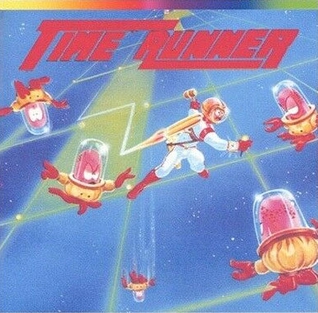
Time Runner is a maze video game, similar to Konami's Amidar arcade game, published by Funsoft in 1981. It was written for the TRS-80 by Yves who also wrote a version for Atari 8-bit computers released the same year. A port to the Commodore 64 by Scott Maxwell and Troy Lyndon was published in 1983.
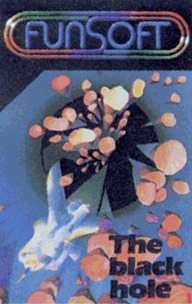
The Black Hole is a 1982 video game published by Funsoft.

Bable Terror is a maze video game for the TRS-80 written by Yves Lempereur and published by Funsoft in 1982.

Demon Seed is a fixed shooter written by Jeffrey Sorensen and Philip MacKenzie for the TRS-80 and published in 1982 by Trend Software. The same programmers developed the TRS-80 Color Computer version published in 1983 by Computer Shack. Demon Seed is a clone of the 1980 arcade game Phoenix.

Jovian is a 1982 video game published by Computer Shack.
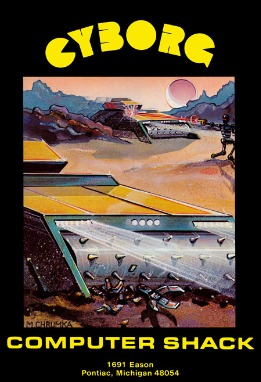
Cyborg is a 1982 video game published by Computer Shack.
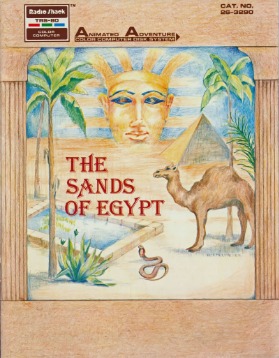
The Sands of Egypt is a 1982 graphic adventure game written by James Garon, Ralph Burris, and Steve Bjork of Datasoft for the TRS-80 Color Computer. It was licensed to Tandy Corporation and was the first disk-only game for the Color Computer sold by RadioShack. Ports to Atari 8-bit computers in 1982 and Apple II in 1983 were published by Datasoft. Set in 1893, the game follows a British explorer and archaeologist who is lost in the desert. Text commands are entered in the lower half of the screen, while a sometimes animated image of the current location is displayed in the upper half.



















